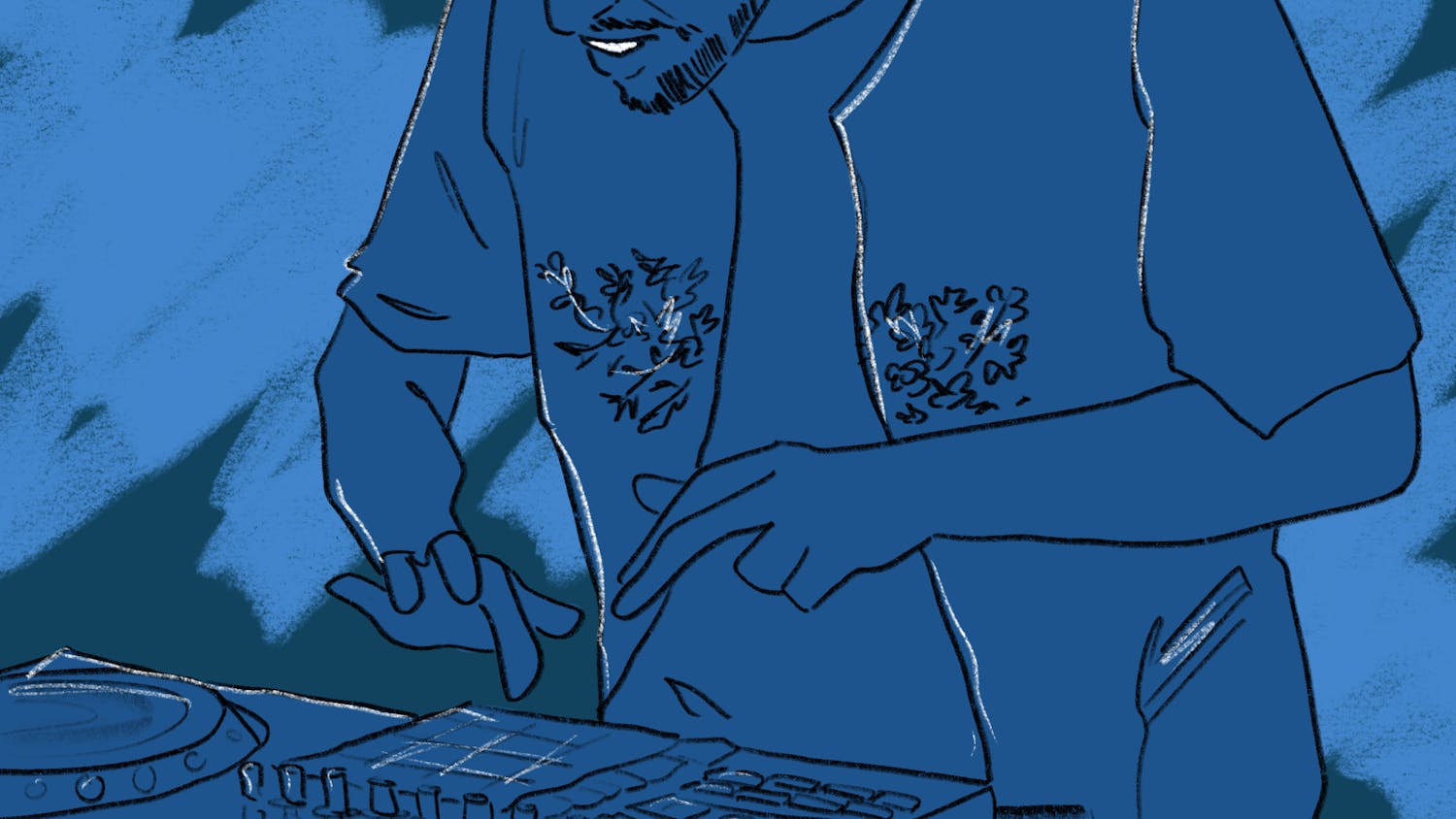While the College’s collection of more than 20 works of public art includes only two pieces created by women, the College is currently taking action to decrease this disparity by the end of spring term.
Senior curator of collections at the Hood Museum of Art Katherine Hart said that the College is currently in the process of commissioning a new piece of public art by artist Kiki Smith. Hart said that the process began under the leadership of former Interim College President Carol Folt in 2012.
“One of the impetuses for the commission was that it was the 40th anniversary of coeducation at Dartmouth,” Hart said.
She said that Smith’s position as a major female figure in the art world made her a logical choice for inclusion on campus.
Art history professor Joy Kenseth said that the only two pieces of public art currently on display at the College are “Sphere” by Luise Kaish and “Thel” by Beverly Pepper. “Sphere” is currently on display in the Collis Student Center, while “Thel” can be found outside Wheeler and Richardson Halls.
Kenseth said that she considers it unfortunate that there have been so few pieces by women on campus.
“As you can see, we have a serious underrepresentation of public art by women artists here,” she said. “Perhaps this will be rectified.”
Kenseth said that for a brief time the College displayed another piece of female-made public art — the sculpture “Crouching Spider” by Louise Bourgeois was on display outside the Black Family Visual Art Center for about a year.
Hart said that a major reason that the College has very few public art pieces by female artists is because of the relatively late date of coeducation.
“A lot of public sculpture came in [the] ’70s, [the pieces by] Charles Perry [and] Mark Di Suvero were all commissioned then,” she said. “There was also the commission by Pepper at the time.”
Hart said that the fact the College does not have main pieces of public sculpture and also displays pieces that might not traditionally be considered sculpture impact the number of pieces by women.
University of Massachusetts at Lowell gender studies professor emerita and co-organizer of Lowell Women’s Week Anne Mulvey said that a reason for the lack of prominent representation of women in public art is because of a traditional view that art by women was not legitimate.
“The issue is that women haven’t had their art seen as art or of what we think of as art,” she said. “Because of subject or because the person creating it is a woman, her art is not honored as art.”
She said that in her opinion women’s art has traditionally been seen as inferior because of the limited opportunities and access women often had to artistic outlets. She said that despite this view, art by women has shown the importance of having an outlet and possessing an innate creative ability, as women used less traditional forms, such as poetry and gardens, to express themselves.
Mulvey, who has helped to organize the public art component of the Lowell Women’s Week since 2000, said that public art by women can fall outside of traditional understandings of the medium. She said that before the formal public art component of the week began the group displayed pieces by local women that may not be seen as traditional art, such as lace tablework by members of the Lowell Portuguese community.
“The women themselves were saying that they hadn’t thought of what they did as anything to be noticed,” Mulvey said. “It was not seen as art by their own families. It was not public art in traditional way, but it gave us a place where women’s work which was not seen as art has been recognized as art.”
She said that the public art program for Lowell Women’s Week has involved between 500 to 2,000 participants and materials ranging from shoes to two-dimensional pieces. She said that the 2002 public art display, which focused on women’s experiences and perspectives of the 9/11 attacks on the World Trade Center, was only intended to remain on display through the month of March but stayed up until September.
“Every year, we take a theme that is always broad enough that people could connect to it,” she said. “Each year the particular public art project was distinctive.”
Only around eight percent of public art in the United States is by female artists — out of over 5,000 public sculptures, women are responsible for creating fewer than 400.
Hart said that the Hood Museum is working to expand its general collection of sculpture by women — currently, the museum has 75 sculptures by women.
Smith will be visiting the College on May 21 to begin the installation of the new work in the Maffei Plaza of the Arts, Hart said. She said that due to renovations and expansions planned for the Hood Museum, the sculpture may later need to be moved.
Work by Smith is currently on display in the Hood Museum’s show “About Face: Self-Portraiture in Contemporary Art.”
Amelia Rosch contributed reporting.



